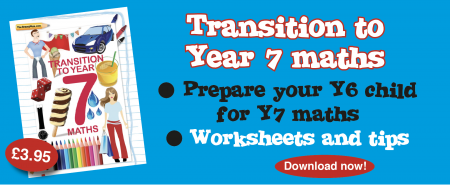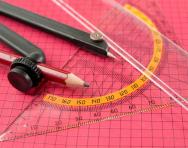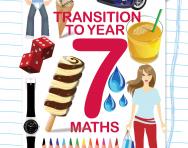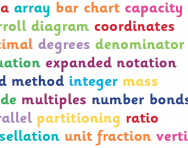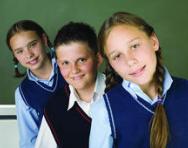What your child learns in Key Stage 3 maths
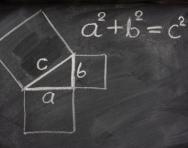
Is your child overtaking you in their maths knowledge? Here are the main topics they’ll cover over the next three years.
Maths is usually taught in ability sets in KS3. Children will use mental and written methods, as well as calculators and ICT, such as spreadsheets. They will work on problems linked to other subjects, and also to everyday life.
The focus is on developing mathematical fluency, mathematical reasoning and problem-solving.
The curriculum includes:
KS3 number
- Place value
- Positive and negative integers, decimals and fractions
- Prime numbers, factors and multiples
- The four operations (add, subtract, multiply, divide)
- Using conventional notation for the priority of operations
- Powers and roots
- Terminating decimals and their corresponding fractions
- Percentages
- Units of mass, length, time, money etc
- Rounding up/down
- Approximation and estimation
- Using calculators and technology to solve problems
KS3 algebra
- Using and interpreting algebraic notation
- Substituting numerical values into formulae
- The concepts of expressions, equations, inequalities, terms and factors
- Simplifying algebraic expressions
- Understanding and using standard mathematical formulae
- Linear equations
- Coordinates in all four quadrants
- Graphs of linear and quadratic functions
- Approximate solutions to conceptual problems
- Arithmetic and geometric sequences
KS3 ratio, proportion and rates of change
- Changing between standard units
- Scale factors, scale diagrams and maps
- Ratio notation
- Expressing quantities as ratios or fractions
- Solving percentage change problems
- Direct and inverse proportion
- Compound units such as speed, density and unit pricing
KS3 geometry and measures
KS3 probability
- Recording, describing and analysing probability experiments
- Tables, grids and Venn diagrams
- Theoretical sample spaces for single and combined events
KS3 statistics
- Mean, mode, median, range and spread of outliers
- Constructing and interpreting frequency tables, bar charts, pie charts, pictograms, scatter graphs and vertical line charts
- Describing simple mathematical relationships between two variables
For more information about the Y7 maths curriculum, read our parents' guide to Y7 maths.

Give your child a headstart
- FREE articles & expert information
- FREE resources & activities
- FREE homework help
By proceeding you agree to our terms and conditions. For information on how we use your data, see our privacy policy. You will receive emails from us but can opt out at any time.
